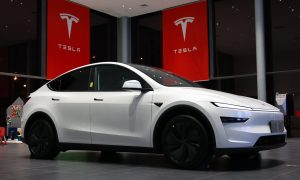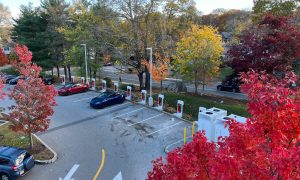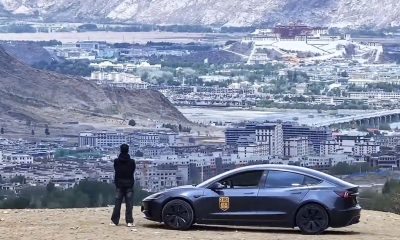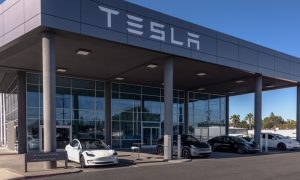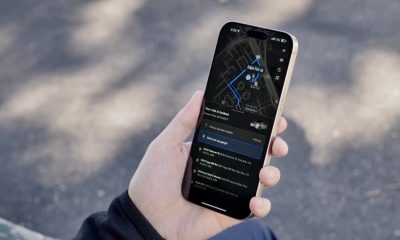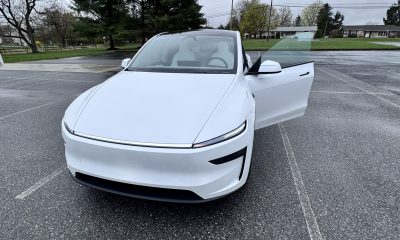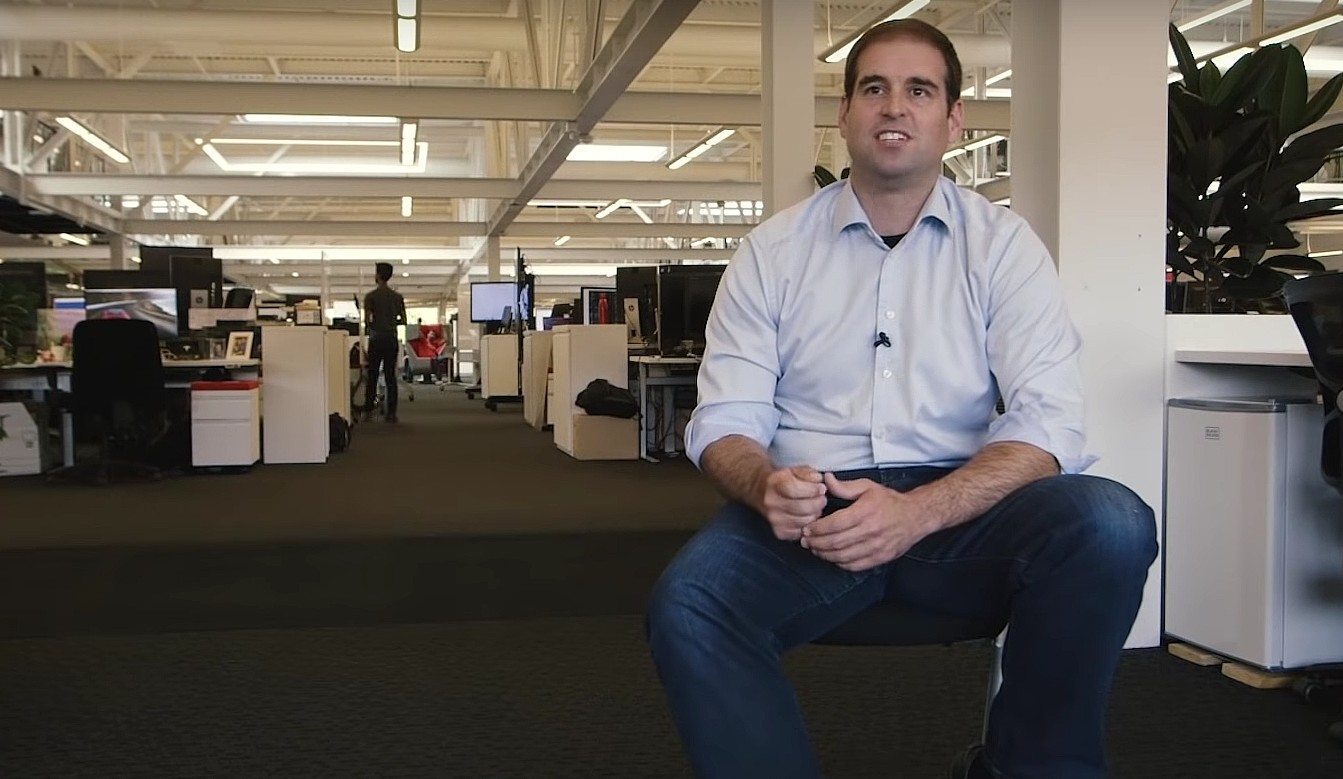

News
Tesla’s former CTO JB Straubel lands recycling deal with Nissan LEAF battery supplier
Former Tesla executive JB Straubel’s battery recycling venture Redwood Materials has reached a recycling deal with Envision AESC, the battery manufacturer for the Nissan LEAF.
Redwood Material’s deal with Envision AESC is the latest move for Straubel’s company, which aims to recycle raw battery materials in an attempt to provide the quickly-growing EV sector with rejuvenated cell materials as electric vehicle production continues to soar globally.
Today, EV batteries are made of several materials, but cobalt, lithium, and nickel are the most popular. Ever since the EV sector, which has been led by Tesla for several years, has reached expanding levels of adoption globally, the need for battery materials has become more notable. While creating new batteries is always an option, Redwood plans to recycle the old, defective, or damaged battery cells and scrap materials to minimize the global impact mining has on the environment and waste storage.
ALSO READ:
Former Tesla CTO’s battery recycling startup secures funding from Amazon
“The sheer magnitude of the waste and scrap problem and the magnitude of batteries that need to get recycled is, I think, shocking to most people,” Straubel said according to CNBC. Straubel left Tesla in 2019, two years after starting Redwood Materials.
Ultimately, the company’s goal is to bring used battery materials back to a state where they are usable once again in cells. Redwood’s recycling process is highly effective, and Strauble says it is hard to distinguish which materials are brand new, straight from a mine or manufacturing plant, and which are recycled by Redwood.
“We bring the materials back to a very clean and sort of fundamental state, so there is no loss in effectiveness,” he said. “It’s actually indistinguishable whether there is cobalt coming via an old battery or from a mine.”
Recycling materials from EV batteries is a key to keeping the electric vehicle industry moving. According to industry experts, the world doesn’t produce enough of the materials that are used in EV batteries, especially at the rate that they are being mined to fulfill the need for cells. This increases the need for new battery materials or recycling programs.
Sam Jaffe, Managing Director at Cairn ERA, an energy consulting firm, said:
“To make the batteries the world needs in ten years, the industry will need 1.5 million tons of lithium, 1.5 million tons of graphite, 1 million tons of battery-grade nickel, and 500,000 tons of battery-grade manganese. The world produces less than a third of each of those materials today. New battery materials sources are highly valued and desperately needed.”
Redwood’s goal is to spread across more manufacturers and become responsible for recycling efforts across the entire sector. Envision AESC manufactures its batteries in Smyrna, Tennessee.
News
Tesla offers legacy Model Y owners an interesting promotion
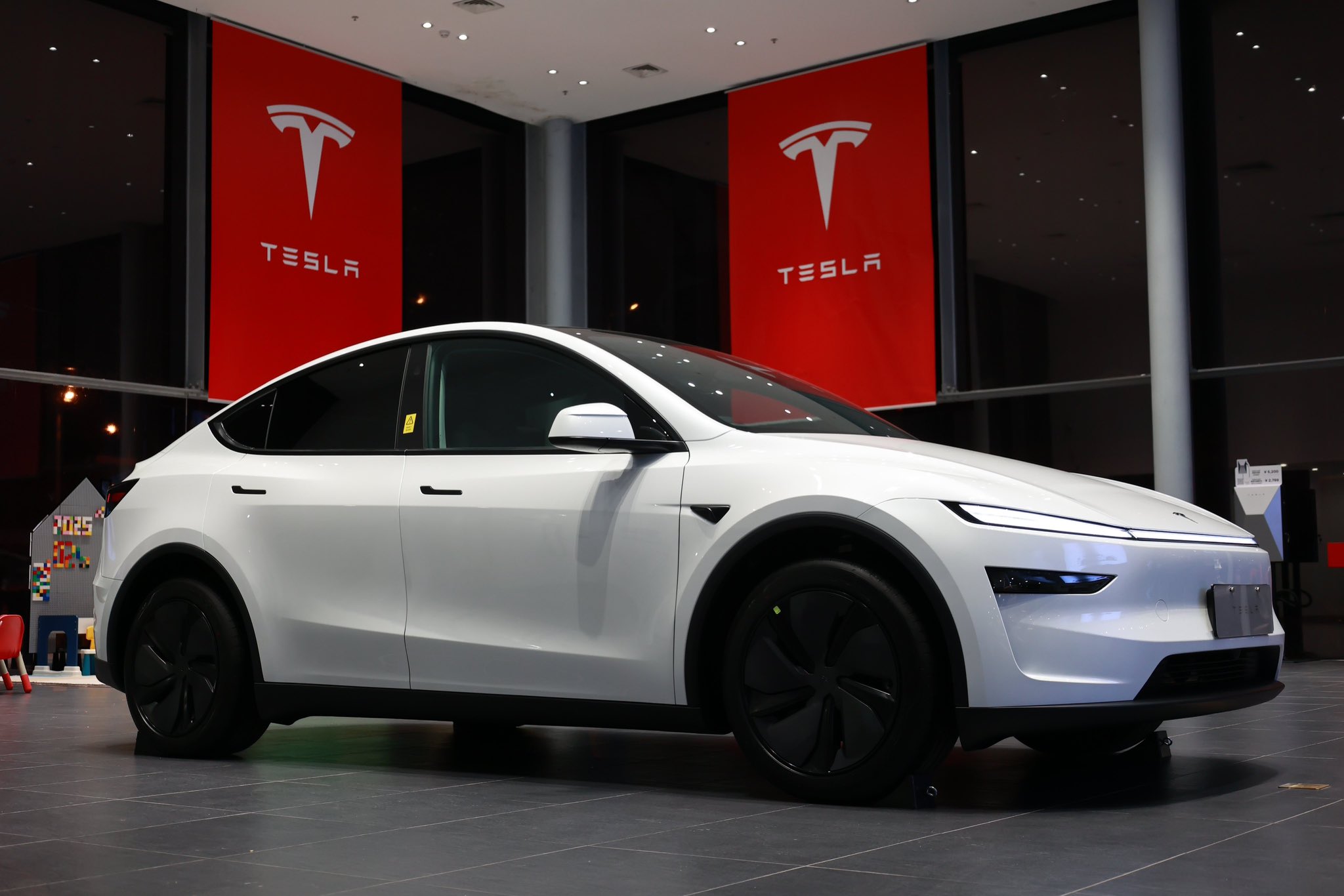
Tesla is offering those who are owners of the legacy Model Y an interesting promotion in an effort to get them into the newest version of the all-electric crossover.
The Model Y underwent an overhaul by Tesla over the past year, and earlier this year, the company finally started launching it in markets across the globe.
It was first launched in China, Europe, and North America.
Tesla’s focus on switching over production lines had cost it several weeks of production and deliveries in the first quarter, and now the company is playing catch-up to keep pace with its yearly delivery goal. It is offering several promotional discounts on vehicles within its lineup, but now Tesla is pulling out an additional stop with the new Model Y.
As a way to push legacy Model Y owners into the new vehicle, Tesla is offering a $2,000 discount to those drivers if they take delivery of the new build:
❗️Tesla Is Now Texting Owners Offering the $2,000
Model Y Loyalty Incentive…Yup—if you’re a current or previous Model Y owner,
Tesla might be sending you a $2,000 loyalty offer toward a new Model Y (Juniper).
But here’s the thing…
• I bought a 2021 Model Y Performance… pic.twitter.com/lv0CzY6Afc
— DennisCW | wen ms refresh (@DennisCW_) May 1, 2025
The new Model Y offers substantial benefits over the older version, and the changes are not just different in terms of aesthetics:
The new Model Y vs. legacy Model Y
Which do you like more? pic.twitter.com/IvApdtFVN8
— TESLARATI (@Teslarati) May 3, 2025
The new Model Y features acoustic-lined glass for a more peaceful cabin, refined suspension for a better ride, a sleeker design for better aerodynamics, and even smaller changes like quieter-closing doors.
With some concerns about demand, it still seems Tesla has plenty of buyers, but it would truly like to get more people in the new Model Y. Tesla came in under consensus estimates for deliveries this past quarter, but did spend several weeks switching over production lines at all of its factories.
Still, the automaker is moving toward a big year with the rollout of the Robotaxi ride-hailing service and affordable models coming soon.
News
Tesla exec shares unique Supercharger team rule that accelerates EV adoption
It is a rule that allows Tesla to become an industry leader in EV charging services.
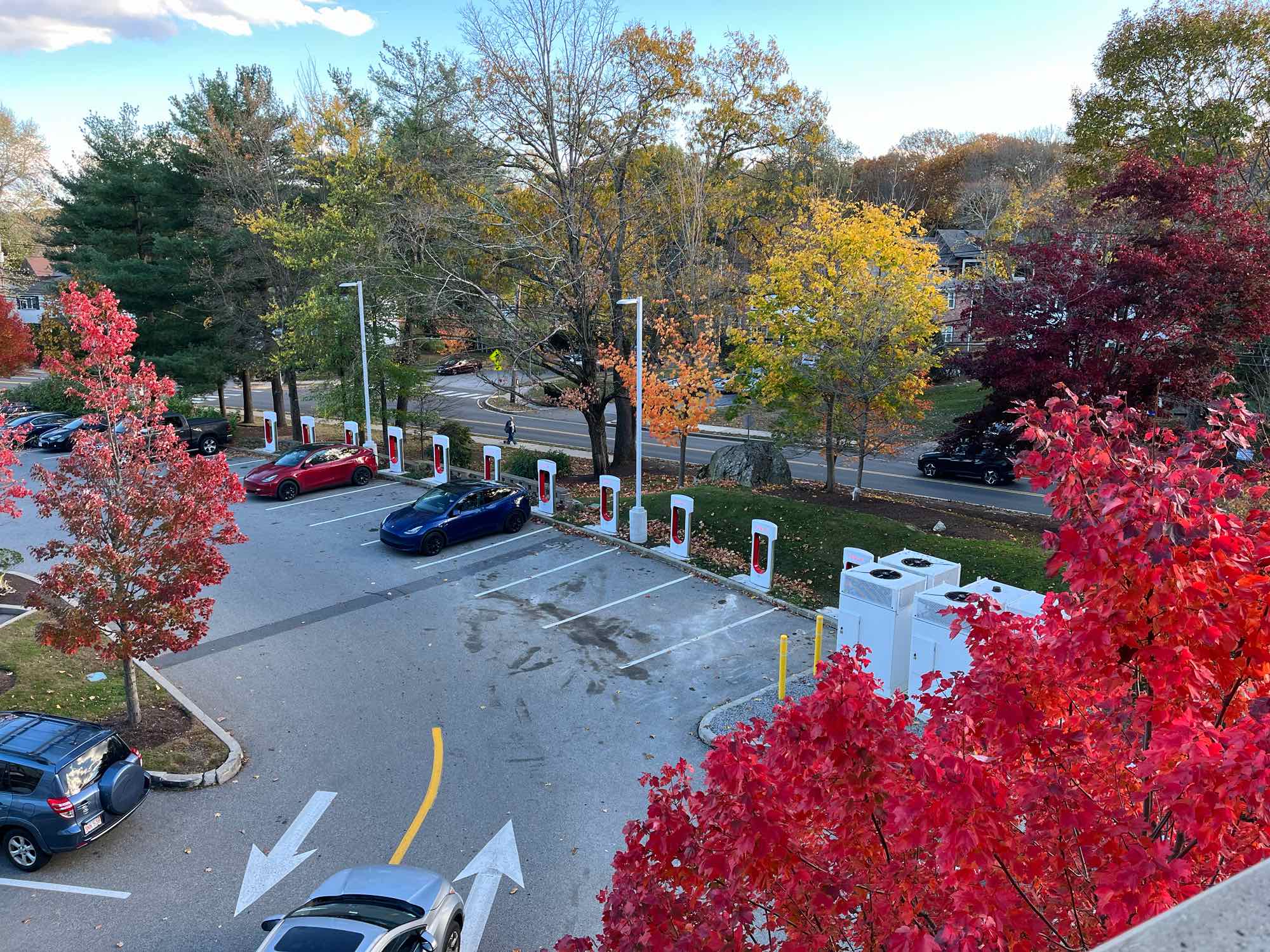
Tesla Director of Charging for North America, Europe, Middle East, Africa, and Asia Pacific Max de Zegher recently shared some insights on a rather interesting rule that is being followed by the Supercharger team. It is a rule that, in a lot of ways, allows Tesla to further accelerate EV adoption.
No Exclusivity
In a recent post on its official social media account on X, the Tesla Charging team noted that it does not have exclusivity clauses for EV charging with property owners. As per the team, they discourage property owners to opt for exclusivity clauses since EV charging should not be restricted. “Hosting more charging infrastructure improves range confidence, keeps charging prices low, and accelerates EV adoption,” the Tesla Charging team wrote in its post.
While the Supercharger Network could have been a strong moat for Tesla in the electric vehicle sector, the charging network has been opened to other automakers’ EVs over the past years. In North America, Tesla’s home-grown NACS has become a standard, being adopted by veterans like Ford and General Motors and newer companies like Lucid Motors and Rivian.
Charging Director’s Comments
In a follow-up comment, de Zegher stated that the Tesla Charging team makes it a point to explain to landlords why EV charging should not have exclusivity clauses. As per the executive, there is no shortage of areas that could host EV charging spaces, so it only makes sense to support their expansion.
“When landlords offer us exclusivity, we actively reject it and explain our reasoning. We encourage them to install as much charging infrastructure as possible. We stand by our goal of ensuring as much dependable and affordable charging infrastructure as possible, whether from Tesla or other providers. There is no shortage of parking spaces, especially with increasing autonomy on the horizon. Legal moats only slow down EV infrastructure growth,” de Zegher wrote in a post on X.
Tesla Supercharger Stats
As per Tesla in its Q1 2025 Update Letter, the company operates 7,131 Supercharger stations with 67,316 Supercharger stalls worldwide as of the end of the first quarter. This effectively makes the Supercharger Network into one of the most reliable and cost-effective charging solutions in the market.
Lifestyle
Tesla Model 3 driver is using FSD to travel to Mt. Everest Base Camp
The ambitious, nearly 4,000-kilometer (2,485-mile) Tesla FSD journey is being livestreamed on Chinese social media.
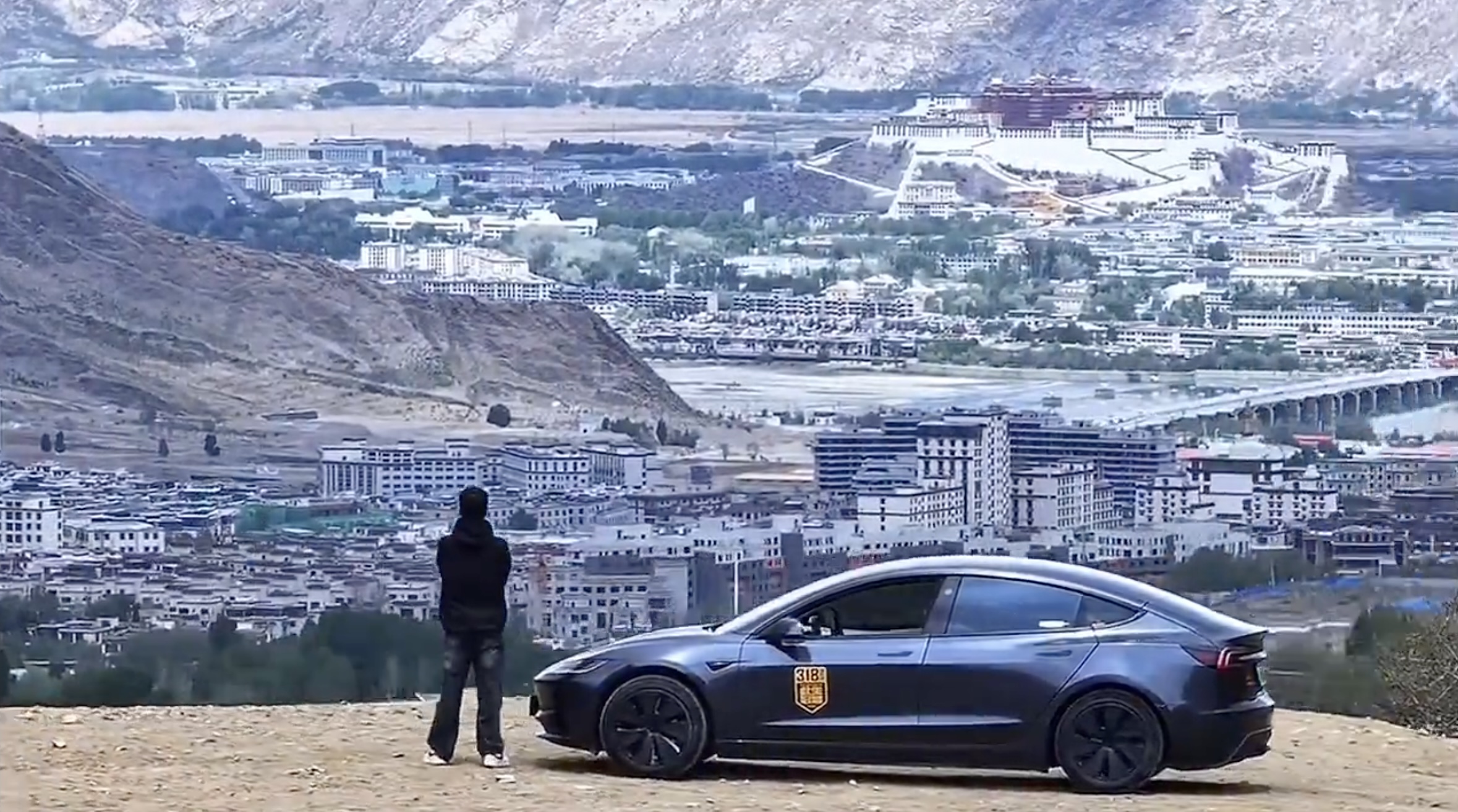
Count on Tesla drivers in China to push Full Self Driving (FSD) as far as it could go. As could be seen in videos posted on Chinese social media, a brave Model 3 owner is currently going on an epic journey from Henan Province to the base camp of Mt. Everest on FSD.
Recent posts from the Model 3 driver suggest that the ambitious destination may be within reach.
Epic FSD Journey
As noted by Tesla owner-enthusiast Aaron Li, the journey from Henan Province to the base camp of Mt. Everest spans almost 4,000 kilometers (2,485 miles). The journey itself is epic, with stunning vistas and roads that require some drivers to bring oxygen canisters with them. The fact that it is being done using FSD makes it extra impressive.
Based on the videos that have been recently shared, the Model 3 running FSD seems to be nearing the Everest Base Camp. There seems to be a good chance that the Tesla Model 3 may reach its destination this Friday.
Previous Everest Trips
This is not the first time that a Tesla has driven to Mt. Everest’s base camp. That would be a Model 3 that was driven in September 2020. That vehicle, which went on a long 5,500 km (3,400-mile) journey, was manually driven to its destination.
In April 2021, Tesla China announced that it has completed the buildout of 11 Supercharger stations in the picturesque route from Chengdu to Tingri. This route would allow drivers to reach the base camp of Mt. Everest. Sure enough, in July 2022, Tesla China shared a video of two Teslas—a Model X and Model Y—reaching the Everest base camp without any issues. Numerous other Tesla drivers have since taken on the long, picturesque journey.
Check out this Tesla Model Y’s journey to the Mt. Everest base camp in the video below.
-

 News2 weeks ago
News2 weeks agoTesla’s Hollywood Diner is finally getting close to opening
-

 Elon Musk2 weeks ago
Elon Musk2 weeks agoTesla doubles down on Robotaxi launch date, putting a big bet on its timeline
-

 News1 week ago
News1 week agoTesla is trying to make a statement with its Q2 delivery numbers
-

 Investor's Corner2 weeks ago
Investor's Corner2 weeks agoLIVE BLOG: Tesla (TSLA) Q1 2025 Company Update and earnings call
-
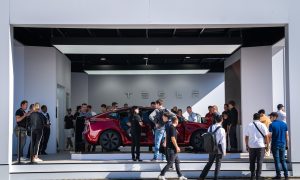
 News6 days ago
News6 days agoNY Democrats are taking aim at Tesla direct sales licenses in New York
-
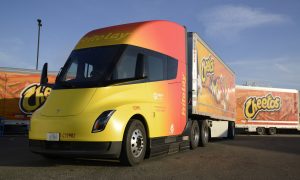
 Elon Musk2 weeks ago
Elon Musk2 weeks agoTesla Semi fleet from Frito-Lay gets more charging at Bakersfield factory
-
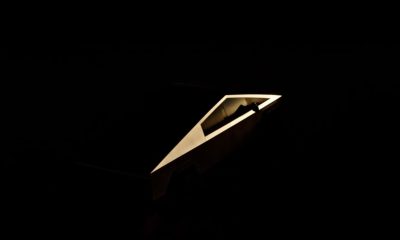
 Investor's Corner2 weeks ago
Investor's Corner2 weeks agoTesla (TSLA) releases first quarter 2025 earnings results
-
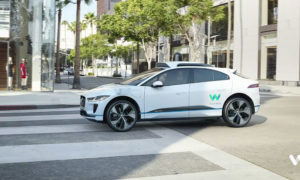
 News6 days ago
News6 days agoWaymo considers selling robotaxis to individual owners


